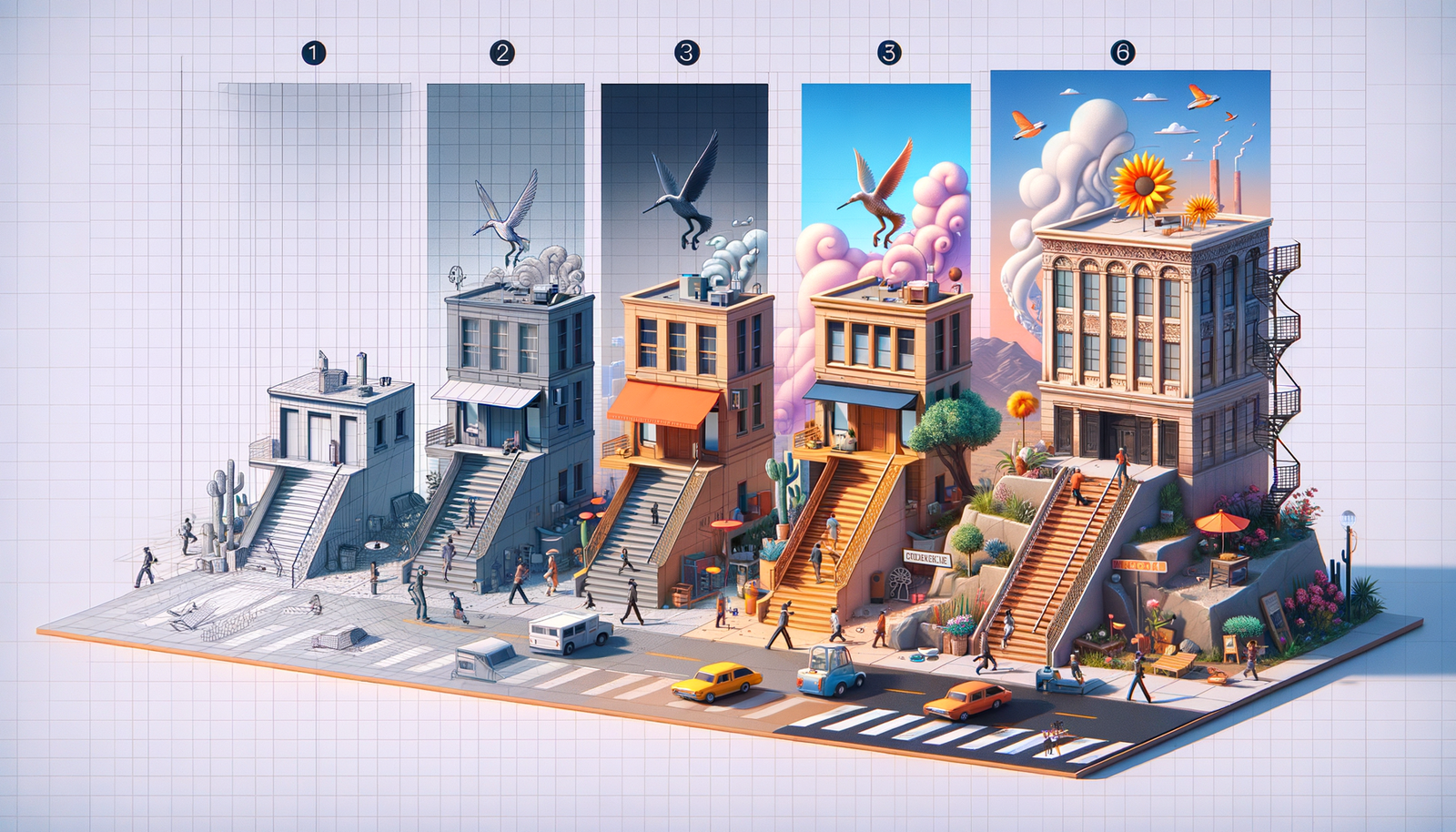Your Cart is Empty
Customer Testimonials
-
"Great customer service. The folks at Novedge were super helpful in navigating a somewhat complicated order including software upgrades and serial numbers in various stages of inactivity. They were friendly and helpful throughout the process.."
Ruben Ruckmark
"Quick & very helpful. We have been using Novedge for years and are very happy with their quick service when we need to make a purchase and excellent support resolving any issues."
Will Woodson
"Scott is the best. He reminds me about subscriptions dates, guides me in the correct direction for updates. He always responds promptly to me. He is literally the reason I continue to work with Novedge and will do so in the future."
Edward Mchugh
"Calvin Lok is “the man”. After my purchase of Sketchup 2021, he called me and provided step-by-step instructions to ease me through difficulties I was having with the setup of my new software."
Mike Borzage
Design Software History: The Evolution of V-Ray: Transforming Photorealistic Rendering in Design and Visualization
June 19, 2024 3 min read


Introduction to V-Ray and Its Importance in Photorealistic Rendering
V-Ray is a powerful rendering engine that has become a cornerstone in the fields of film, gaming, architecture, and product design. Its capability to produce high-quality, photorealistic images has revolutionized how visual artists and designers work, enabling a level of realism in digital content that was previously unattainable.
The significance of photorealistic rendering in modern design cannot be overstated. Photorealistic rendering allows designers to create images that are virtually indistinguishable from photographs, enhancing visual communication, expediting client approvals, and elevating marketing efforts. This realism brings concepts to life and ensures that stakeholders can fully grasp the vision behind a design.
The Early Days: Founding and Initial Development
Chaos Group, the company behind V-Ray, was founded by Peter Mitev and Vlado Koylazov in 1997. The founders aimed to create a rendering engine that could meet the increasing demands for more realistic and intricate 3D imagery. Their vision was to bridge the gap between the artistic and technical aspects of rendering, providing a tool that could deliver high fidelity results with efficiency and reliability.
V-Ray 1.0 was the first version of the software, and it offered capabilities that quickly caught the attention of 3D artists and studios. Featuring advanced ray tracing and global illumination techniques, V-Ray 1.0 set a new standard in the industry. However, the development process was not without its challenges. The team faced numerous technical hurdles, from optimizing rendering algorithms to ensuring compatibility with various 3D modeling platforms.
Technological Innovations and Advancements
The core technologies behind V-Ray have always been at the forefront of rendering innovation. Key technologies include:
- Ray Tracing: A technique for generating images by tracing the path of light as pixels in an image plane.
- Global Illumination: A method to simulate the way light bounces and scatters in a scene for more realistic lighting.
- BRDF (Bidirectional Reflectance Distribution Function): A function that defines how light is reflected at an opaque surface, crucial for accurate material representation.
Each major version of V-Ray introduced groundbreaking features:
- V-Ray 2.0: Launched real-time rendering capabilities, significantly reducing the time required for previewing and adjusting scenes.
- V-Ray 3.0: Enhanced GPU rendering and introduced adaptive lights, making rendering faster and more efficient.
- V-Ray Next: Leveraged AI-powered denoising and smart features to streamline workflows and further accelerate rendering times.
Integration with popular 3D modeling software such as 3ds Max, SketchUp, and Maya has been a key factor in V-Ray's success. This seamless workflow integration enables designers and artists to work more efficiently, allowing them to focus on the creative aspects rather than technical constraints.
Impact on the Industry and Future Prospects
V-Ray's influence on design and visualization is profound. Numerous iconic projects and films have utilized V-Ray, showcasing its ability to produce stunning visual effects and highly detailed architectural visualizations. Testimonials from leading studios and designers often highlight how V-Ray has transformed their rendering process, making it faster, more intuitive, and more capable of achieving photorealistic results.
Chaos Group has also made significant contributions to education and community support. Initiatives such as offering extensive tutorials, maintaining active user forums, and hosting user conferences have fostered a strong and knowledgeable V-Ray community. These efforts ensure that users can continuously improve their skills and stay updated with the latest advancements in rendering technology.
Looking to the future, there is speculation about further advancements in rendering technology that could impact V-Ray's development. Emerging technologies like real-time ray tracing and AI promise to bring even greater efficiency and realism to rendering processes. Continuous improvements in user experience and rendering speed are anticipated, ensuring that V-Ray remains at the cutting edge of photorealistic rendering.
Also in Design News

Rhino 3D Tip: MatchSrf Best Practices for G0/G1/G2 Surface Continuity
January 17, 2026 2 min read
Read More
Cinema 4D Tip: Procedural Tiles in Cinema 4D: Geometry and Material Workflows
January 17, 2026 2 min read
Read More
Revit Tip: Standardize Revit System Classification for Consistent, Calculable MEP Models
January 17, 2026 2 min read
Read MoreSubscribe
Sign up to get the latest on sales, new releases and more …


